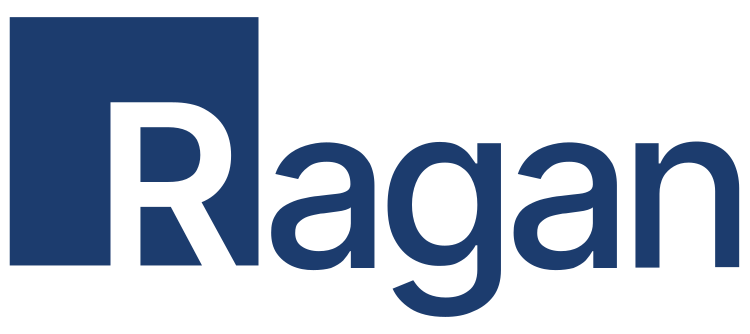The communicator’s guide to workplace wellness in 2025
Communicating with wellness in mind can help drive employee engagement.

Wellness burst onto the scene in a significant way in 2020. Five years later, what is its role in the workplace – and how are communicators talking about it with employees?
Ragan spoke with employee wellness experts to gain insight into where wellness comms stands in 2025 and what wellness tactics are working right now.
Barriers to wellness comms in 2025
Communicating about wellness is a tough prospect amid layoffs, market downturns and uncertainty.
Tara Davis, senior director of internal communications and staff wellbeing at the American Psychological Association, told Ragan that internal communicators can create all the messaging they want, but they can’t control how the outside world impacts employees in their day-to-day roles.
“While we might be able to control things inside our organization, you can’t control the baggage people bring into it,” she said. “You can try to instill positive mindsets and mental health in the workplace, but a lot of the stress and anxiety and frustration people are bringing into the workplace is out of our control. It’s very complex to try to combat that and focus on wellbeing and positive psychology.”
Davis said that despite the challenges she’s seeing this year, she’s optimistic that there’s still a path forward for wellness communications. At the APA, Davis and her team do this by trying to foster psychological safety and a sense of wellness in all they do — but also giving an opt out if employees aren’t feeling receptive that day.
“For example, we start meetings with a breathing exercise, but we always communicate that if you’re not feeling it you can go get a drink of water instead,” she said. “We don’t force happiness, but we do remind people of the benefits of gratitude and having a positive mindset. We strive to create a wellbeing menu in our daily email and weekly videos that can rise to the occasion no matter the feelings people are bringing to work that day.”
Wellness in 2025 means setting healthy boundaries
With an atmosphere that doesn’t easily lend itself to wellness communications, comms pros are feeling the need to get a little creative this year.
Karianne Michelle, comms consultant and founder of Lofti, told Ragan that she’s seeing more of her clients seeking a sense of support and community — and in many cases, that means constructing and communicating healthy work-life boundaries.
“When you’ve got healthy boundaries, you can improve your mindset and communicate better at work, as opposed to just reacting all the time,” she said.
She added that this year, it’s especially important for leaders to create structures that help shoulder the baggage of the modern world that can spill over into work.
“If you’re a communicator or manager, you’ve got to support your team’s emotional weight alongside your own,” she said.
She gave three general recommendations for comms pros to help construct healthy boundaries with their teams.
- Model what boundaries look like with your team and organization so everyone is familiar.
- Train employees in knowing and communicating their limits clearly.
- Cultivate a culture of communication that respects who an employee is as an individual and what their limits are.
“Setting healthy boundaries is just a critical part of wellness today,” she said. “You have to put your own oxygen mask on first before you help somebody else.”
2025 wellness trends in action
Davis shared a few ways that the American Psychological Association is bringing wellness to work in 2025, including:
- The APA Today Email Campaign. Davis and two colleagues circulate a daily update email for employees to foster connectivity and a positive sense of culture at work by providing information on wellbeing resources and tips. “It’s a wellbeing tool for our employees and helps them feel connected to the organization,” she said. “It also helps them feel connected to each other.” A video companion to the email campaign goes out on Mondays.
- The “Virtual Break Room” and “APA Coffee Connections.” Davis and her team manage virtual messaging channels in which employees can share topics they’re passionate about to foster connections with colleagues. Additionally, her team also runs Coffee Connections, in which the comms team pairs employees together and assigns them prompts to ask one another to fight against isolation.
- CEO visibility. The comms team works with the APA’s CEO to promote leadership visibility and deepen trust among the employee base. “Our CEO meets with our staff once a month and talks about whatever is on people’s minds,” Davis said.
- The “Meet with Purpose” campaign. An onslaught of unproductive or repetitive meetings are bound to stress any employee out. “We know that in remote work, meetings can get out of control,” Davis said. “We have a campaign that lays out how to have healthy meetings — and we got the baseline information for this campaign by asking our employees about it.”
- Acknowledging the realities of work in 2025. Davis told Ragan that level-setting with employees about the challenges of working in 2025 is a key step on the wellness journey. “It’s great to focus on the positive, but you have to be in touch,” she said. “You cannot seem flippant. Give employees space to share all of their experiences without the expectation to be overly positive.”
Sean Devlin is an editor at Ragan Communications. In his spare time he enjoys Philly sports and hosting trivia.







